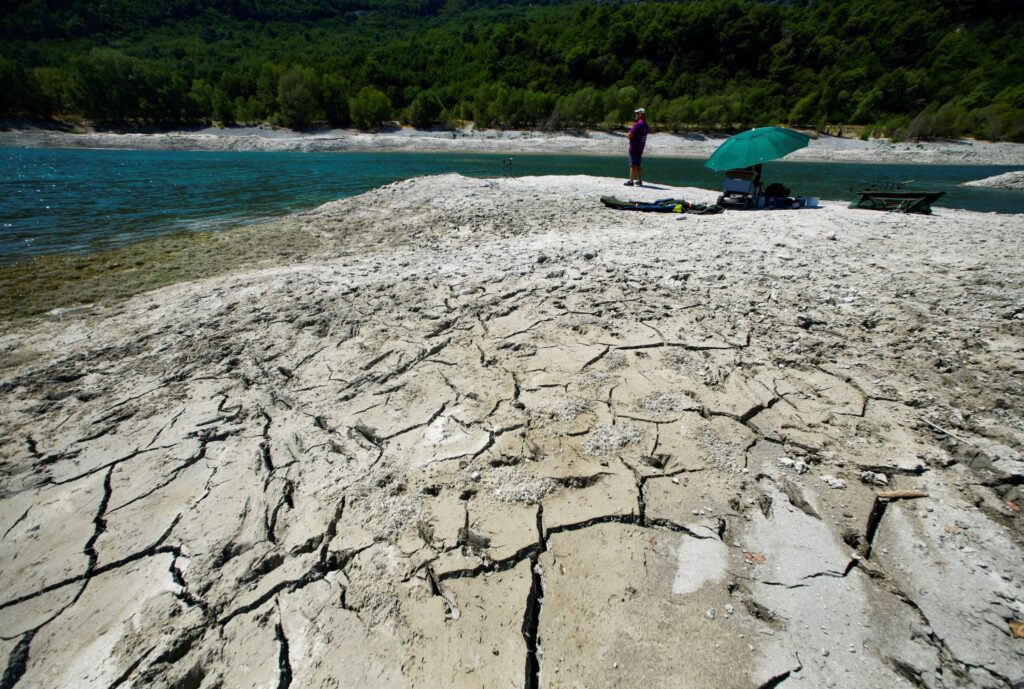Some plant species in danger of disappearing, France

Some plant species in danger of disappearing, France
Across France there are parched lawns, withered plants and carpets of dead leaves, giving an autumnal look to summer.
The heat waves that have been occurring since the beginning of the season and the scarcity of water in most of the country have severely tested its plant cover.
“Leaves on trees have wilted, even yellowed or dropped off,” said Cyrille Rathgeber, a research fellow in the Ecology of Forests, Grasslands and Aquatic Environments, a department at the Institut National de Recherche pour l’Agriculture, l’Alimentation et l’Environnement (INRAE, the National Research Institute for Agriculture, Food and Environment, created in 2020).
This slow degradation is explained by the “preservation” phenomenon – how plants respond to episodes of severe drought.
As long as a plant has water, it develops and maintains its evapo transpiration mechanism. Plants draw water from the soil through their roots, then transport it to release it through their leaves. This is what enables them to carry out photosynthesis, said Isabelle Chuine, ecologist and director of research at the Centre National de la Recherche Scientifique (CNRS, National Center for Scientific Research).
The drought-hit Loire, a river in the process of ‘tropicalization’ but this activity involves effort, especially for trees, which are larger than plants and need more energy to carry water to the tips of their leaves.
Xavier Bartet, deputy head of the Research, Development and Innovation department of the French National Forestry Commission (ONF), put it this way: “Imagine drinking a glass of water on the ground with a very long straw, from a step ladder. It requires more effort to get the water up.”
As soon as water becomes scarce, trees adapt by stopping their transpiration, like being on standby, which leads to their leaves withering, and which can have consequences for the species’ durability. The most fragile die, and almost all suffer from the heat.
This situation “is a generalized phenomenon” seen across France, but disparities have appeared – the northern part of the country has been more severely affected because the plant species there are less accustomed to high temperatures.
The situation is particularly critical in urban areas, and more specifically in cities, where buildings and human activity contribute to the formation of heat islands and where water restrictions aggravate the risk of plant cover drying out.
In more rural areas, vegetation weakened by drought faces other threats, including fire. Since there is no more transpiration and therefore lower humidity, conditions are favorable to the spread of flames.


